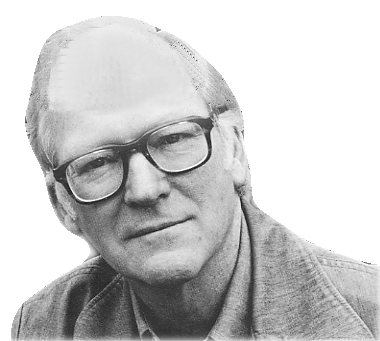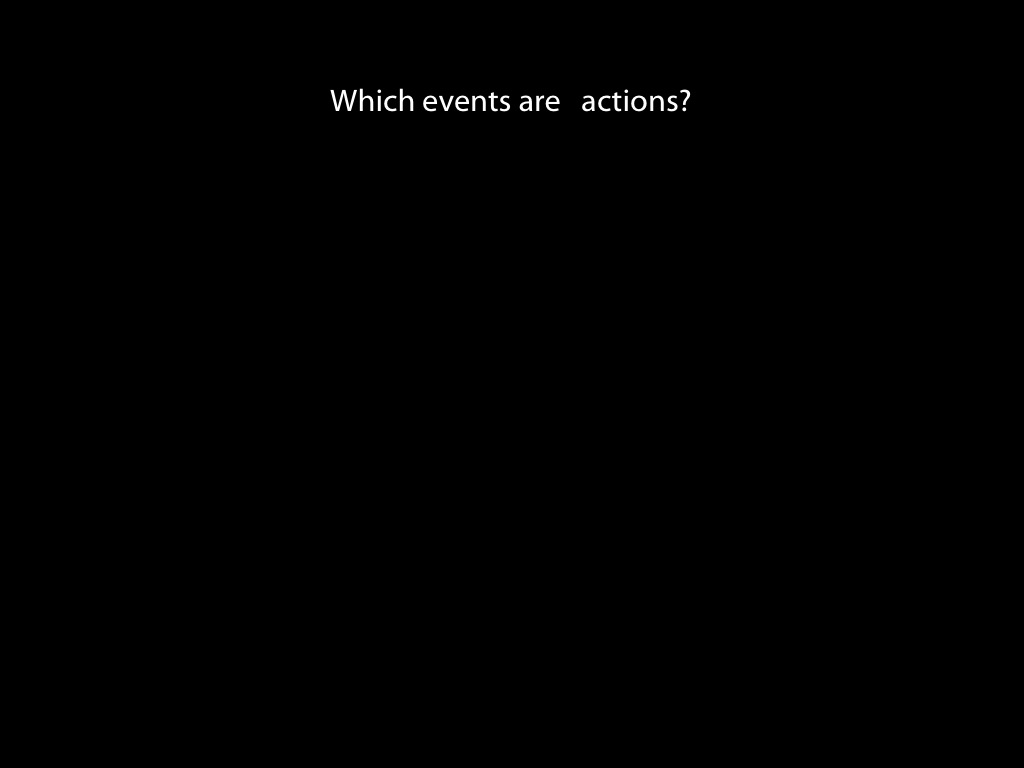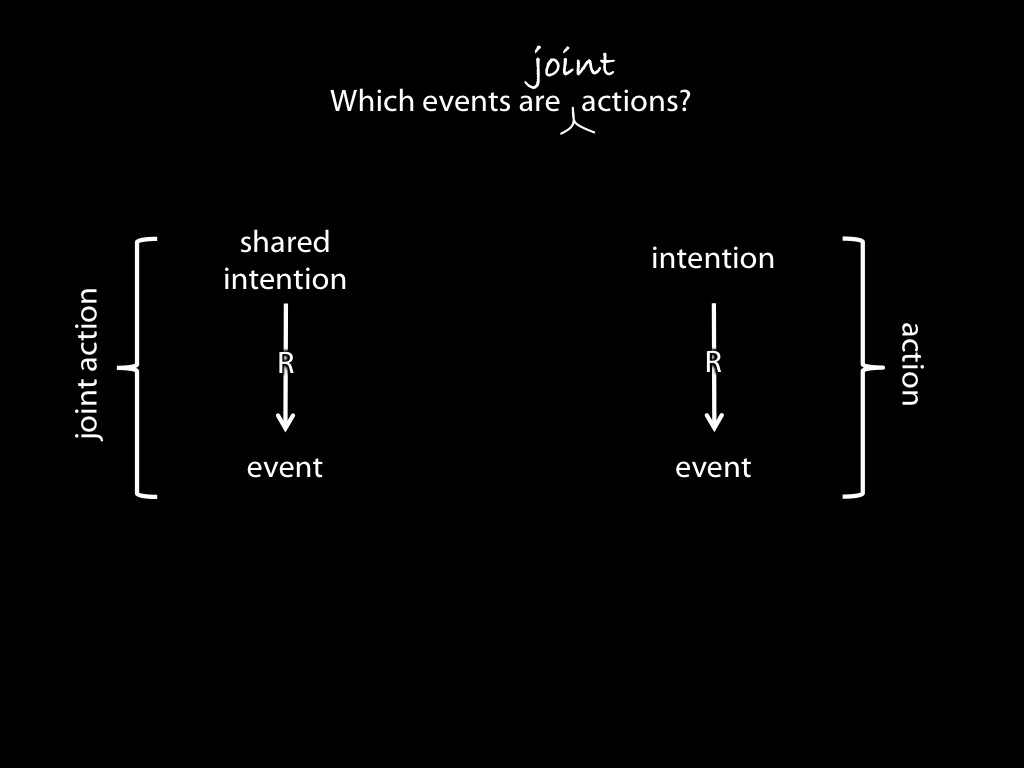Click here and press the right key for the next slide (or swipe left)
also ...
Press the left key to go backwards (or swipe right)
Press n to toggle whether notes are shown (or add '?notes' to the url before the #)
Press m or double tap to slide thumbnails (menu)
Press ? at any time to show the keyboard shortcuts
Shared Intention: A Placeholder

shared intention

‘A first step is to say that what distinguishes’ the sisters cycling together from the strangers cycling side by side is that the sisters share an intention to cycle together ... but the strangers do not.
‘In modest sociality, joint activity is explained by such a shared intention; whereas no such explanation is available for the combined activity’ of those who are acting in parallel but merely individually.
‘This does not, however, get us very far; for we do not yet know what a shared intention is’
Bratman, 2009 p. 152
‘I take a collective action to involve a collective [shared] intention.’
(Gilbert 2006, p. 5)
‘The sine qua non of collaborative action is a joint goal [shared intention] and a joint commitment’
(Tomasello 2008, p. 181)
‘the key property of joint action lies in its internal component [...] in the participants’ having a “collective” or “shared” intention.’
(Alonso 2009, pp. 444-5)
‘Shared intentionality is the foundation upon which joint action is built.’
(Carpenter 2009, p. 381)
?
shared intention
Parallel with individual action ...
‘What events in the life of a person reveal agency; what are his deeds and his doings in contrast to mere happenings in history; what is the mark that distinguishes his actions?’
Davidson (1971, p. 43)






?
shared intention